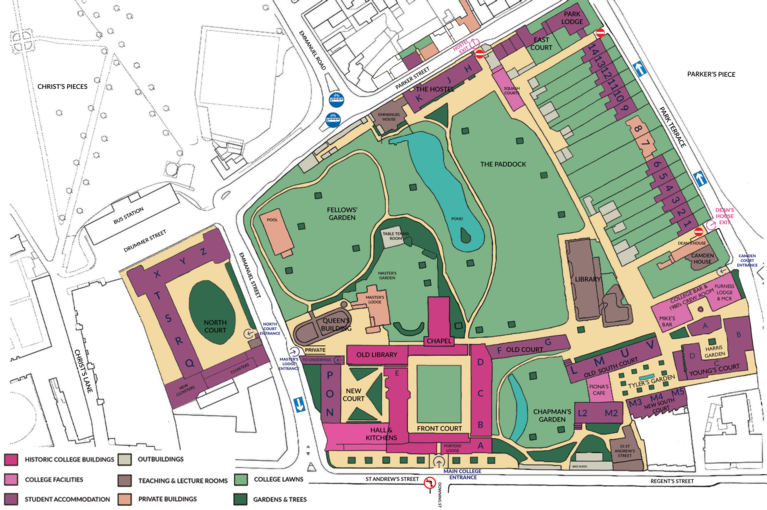History of the College
Emmanuel College was founded by Sir Walter Mildmay, chancellor of the exchequer to Queen Elizabeth I, on the site of a thirteenth-century Dominican Priory. It admitted its first students in November 1584, and by April 1585 there were more than 25 undergraduates in residence.The nave of the Priory church became the dining hall.

